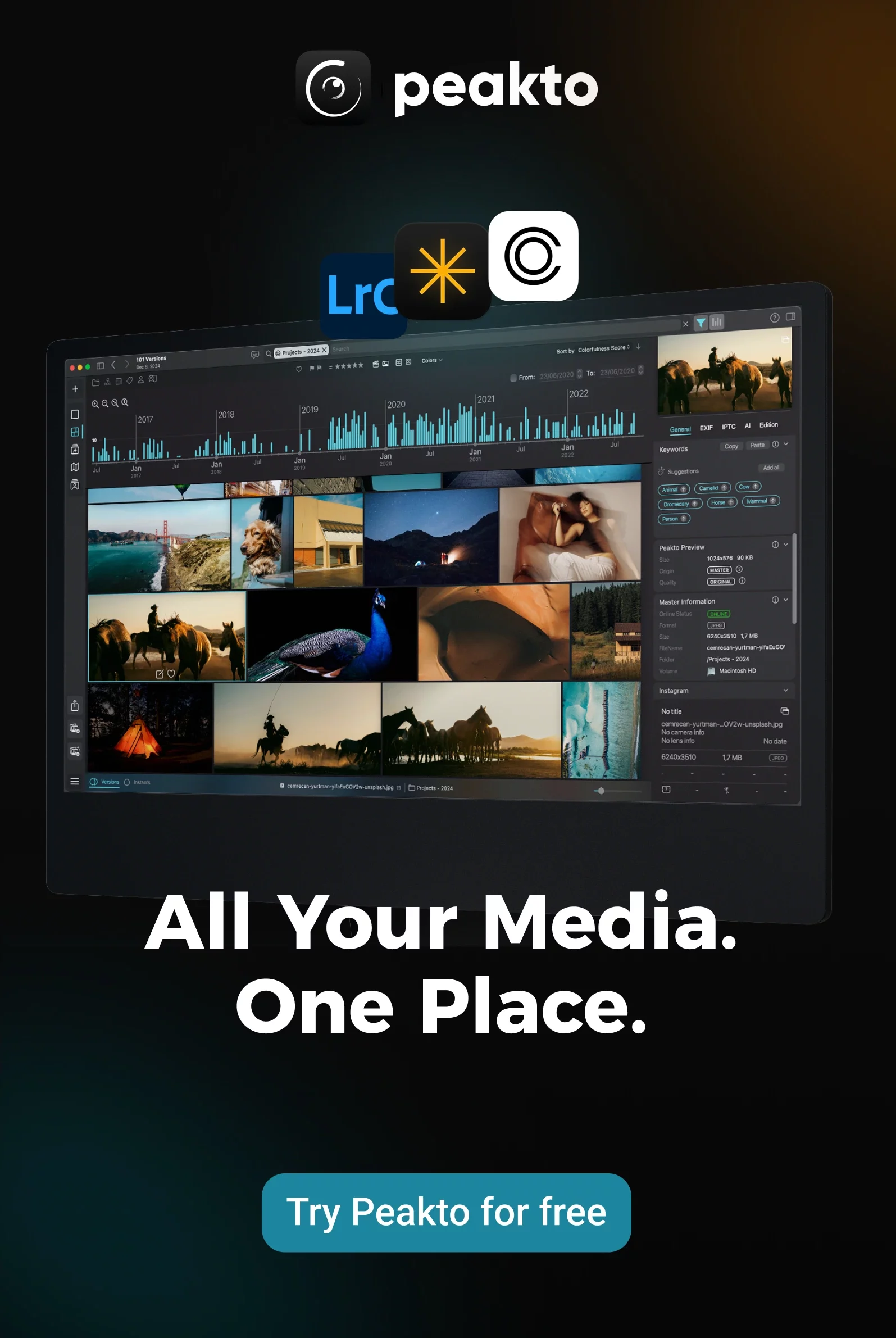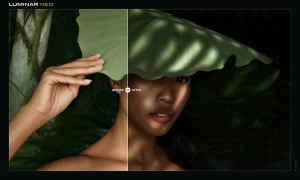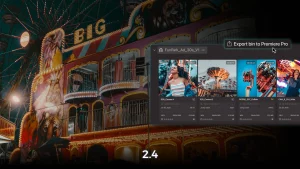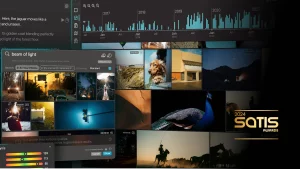What if a program could search people in photos better than the human eye?
Sounds far-fetched? Not anymore. Today’s AI photo tagging software doesn’t just do facial recognition—it learns faces, adapts to new data, and helps you organize your image files in minutes, with outstanding precision.
After years spent testing nearly every facial recognition software, wrestling both client and personal archives into order, I can confidently say that this technology has transformed how we handle digital memories. Whether you’re a professional running a photo studio, a portrait photographer editing your images, or simply a parent wanting to find pictures of your kids on your phone or tablet, understanding how these programs work—and picking the right tool—will save you countless hours.
Why You Need More Than Basic Face Detection?
There’s a big difference between a basic face detection function that merely spots eyes and mouths, and intelligent photo organizer with facial recognition that understands who people are across decades of photos.The best programs go far beyond the basics, offering an advanced interface packed with smart features— learning the patterns that make people unique, adapting over time to handle changes in age, lighting, or camera angles.
How Smart Face Recognition Software Works?
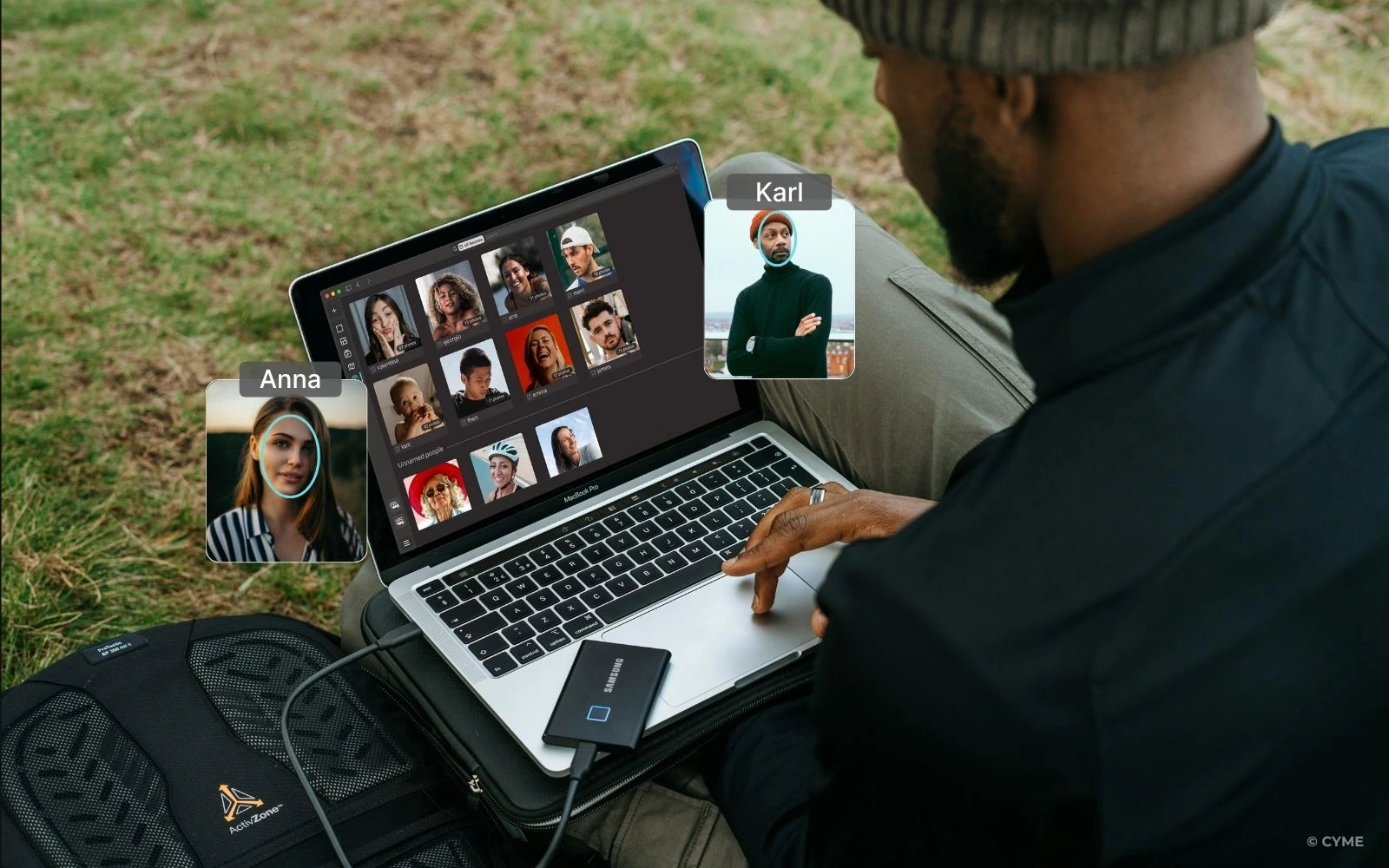
When you load an image file, a robust face recognition function maps facial landmarks—eyes, nose, jawline—and converts them into precise mathematical vectors. Over time, as you select, tag and confirm matches, these programs learn, so next time you upload similar images, they’ll immediately group them with high confidence.
Picture your software overlaying tiny geometric points on a face, calculating precise face encodings. This is the behind-the-scenes magic that powers advanced tools—whether you’re using Google Photos, Apple Photos, Lightroom Classic or any other photo indexing software that lets you search by face. It’s what lets you fill your library with thousands of pictures without drowning in unknown, untagged faces. For a deeper dive, you can explore this breakdown of the technology behind photo tagging.
Key Features of Face Recognition Software
1. Cross-Catalog Tagging Without Duplication
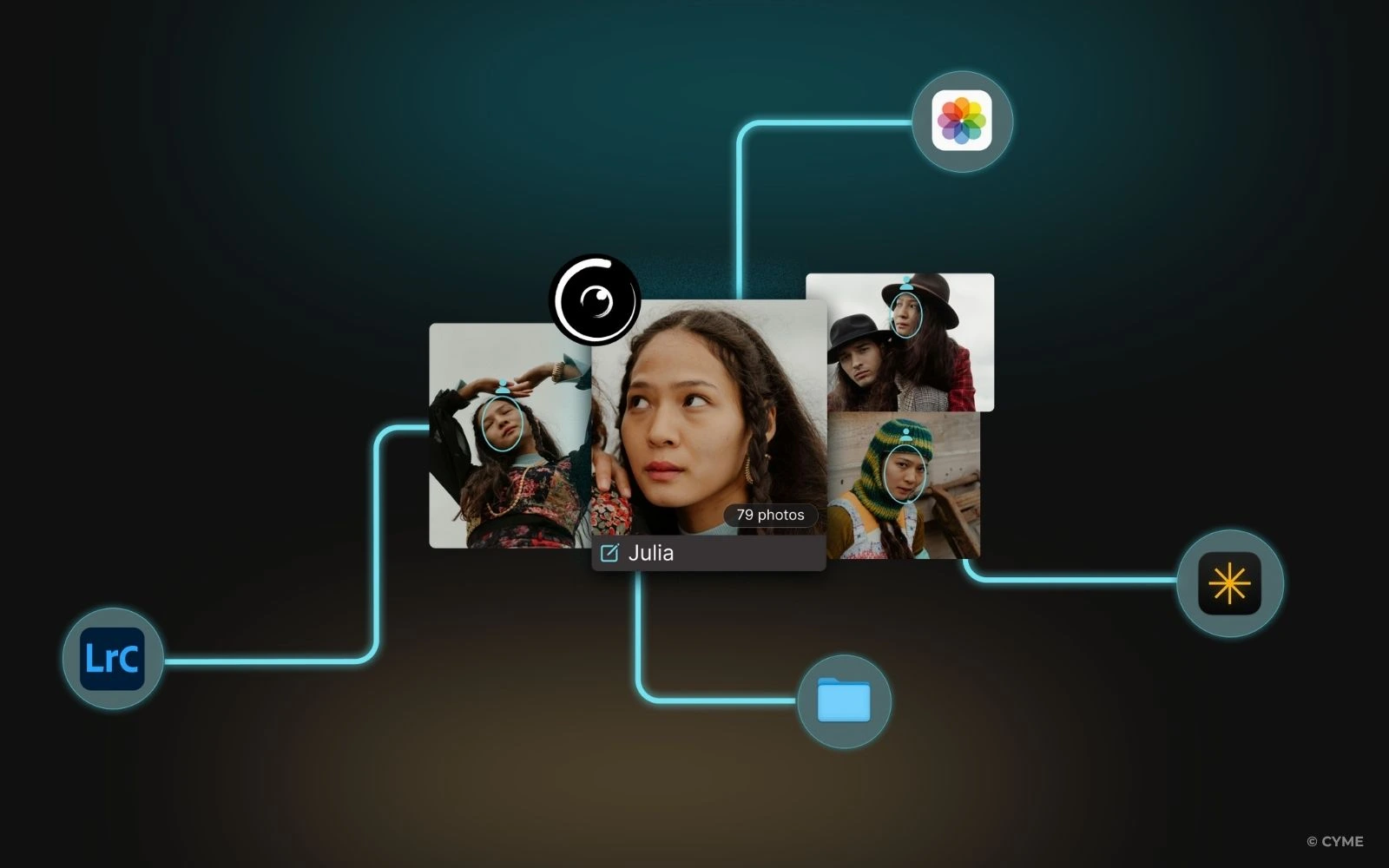
2. Confidence Clustering to Verify Unknown Matches
3. Contextual Awareness
4. Local Intelligence for Privacy
Unlike cloud-only systems that upload your data to remote servers, many professionals prefer tools that process face recognition locally—protecting privacy while speeding up analysis. A photo organizer with face recognition respecting privacy offers exactly this advantage by keeping all image processing on your device.
Technical Challenges These Programs Must Overcome
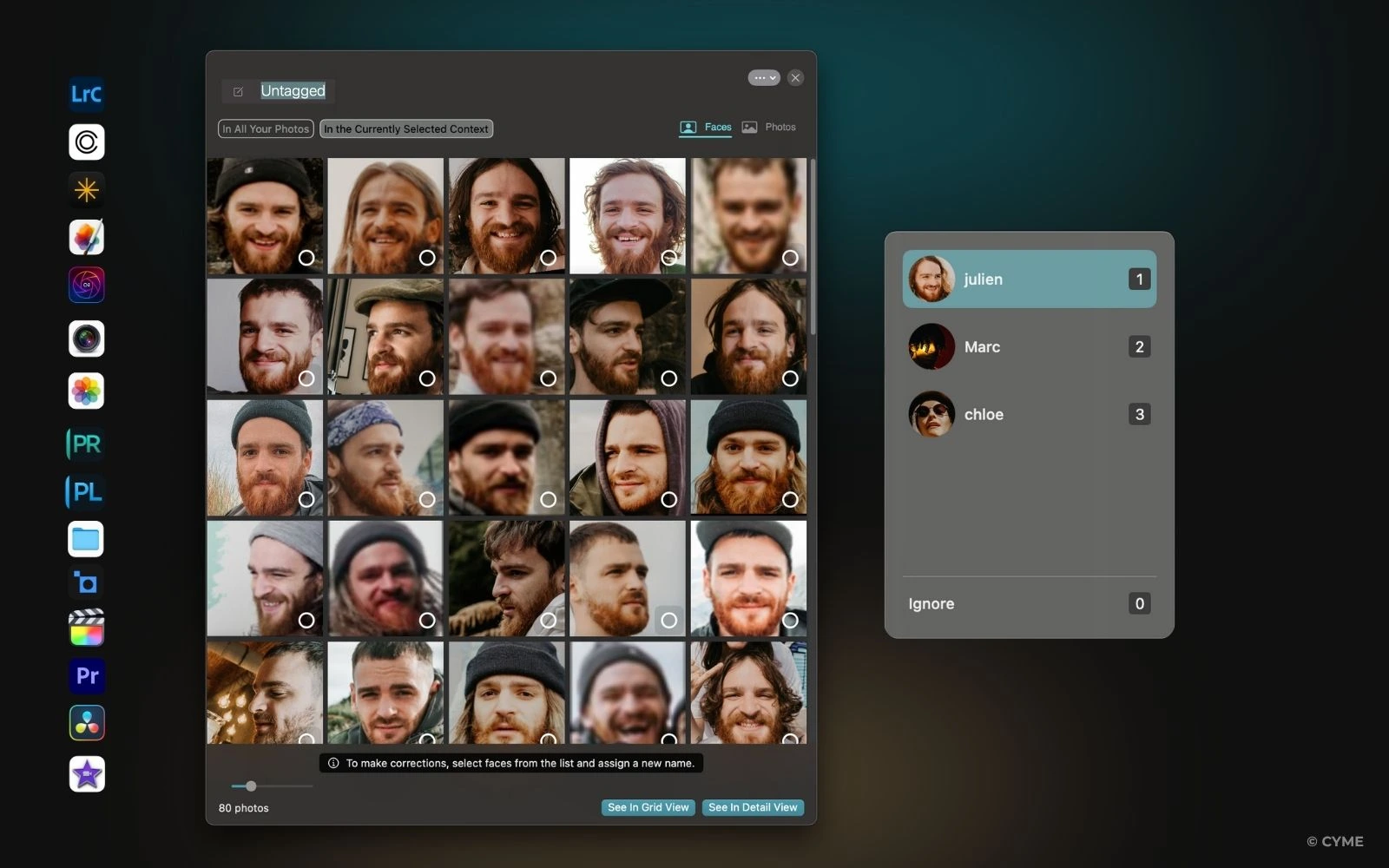
Recognizing faces in a dynamic photo library is far tougher than reading a passport photo. Good software needs to handle:
- Lighting variation: harsh sunlight, dim receptions, or stage lights, all affect how facial features appear.
- Angles and motion: people rarely stare straight at the lens.
- Aging: trying to find the same person across a twenty-year span.
- Similar-looking family members: tools must avoid misidentifying faces.
It’s also why even small jumps in reliability matter. Research shows that users are happy when AI image tagging reaches 74–82% precision or higher, and modern systems routinely hit or exceed this range, doubling the completeness of image tagging over manual work.
How Real Photographers Use Face Recognition
Imagine Maya, a wedding and family photographer. Every season, she captures thousands of images—often the same people popping up in new outfits or over several years. If a bride wants a special album highlighting her grandmother, Maya doesn’t have days to scroll through thumbnails.
With the right program to recognize faces in pictures, Maya can:
- Instantly search for every appearance of the grandmother across her entire ecosystem— different catalogs, standalone folders, external drives—even newly added images fresh from her editing tools.
- See all those photos grouped together, no matter how old they are, how differently styled, or if the grandmother is only partially turned away.
- Review confidence-based suggestions to verify matches before applying tags, ensuring the highest accuracy.
- Tag the grandmother once, then watch as her name is automatically applied across hundreds of other images—whether they’re stored in Apple Photos, Adobe Lightroom, or simple folder structures.
That means Maya can spend more time designing albums her clients didn’t even know were possible—and far less time squinting at thumbnails trying to track people down.
Why I Often Recommend Peakto to Photographers for the Job
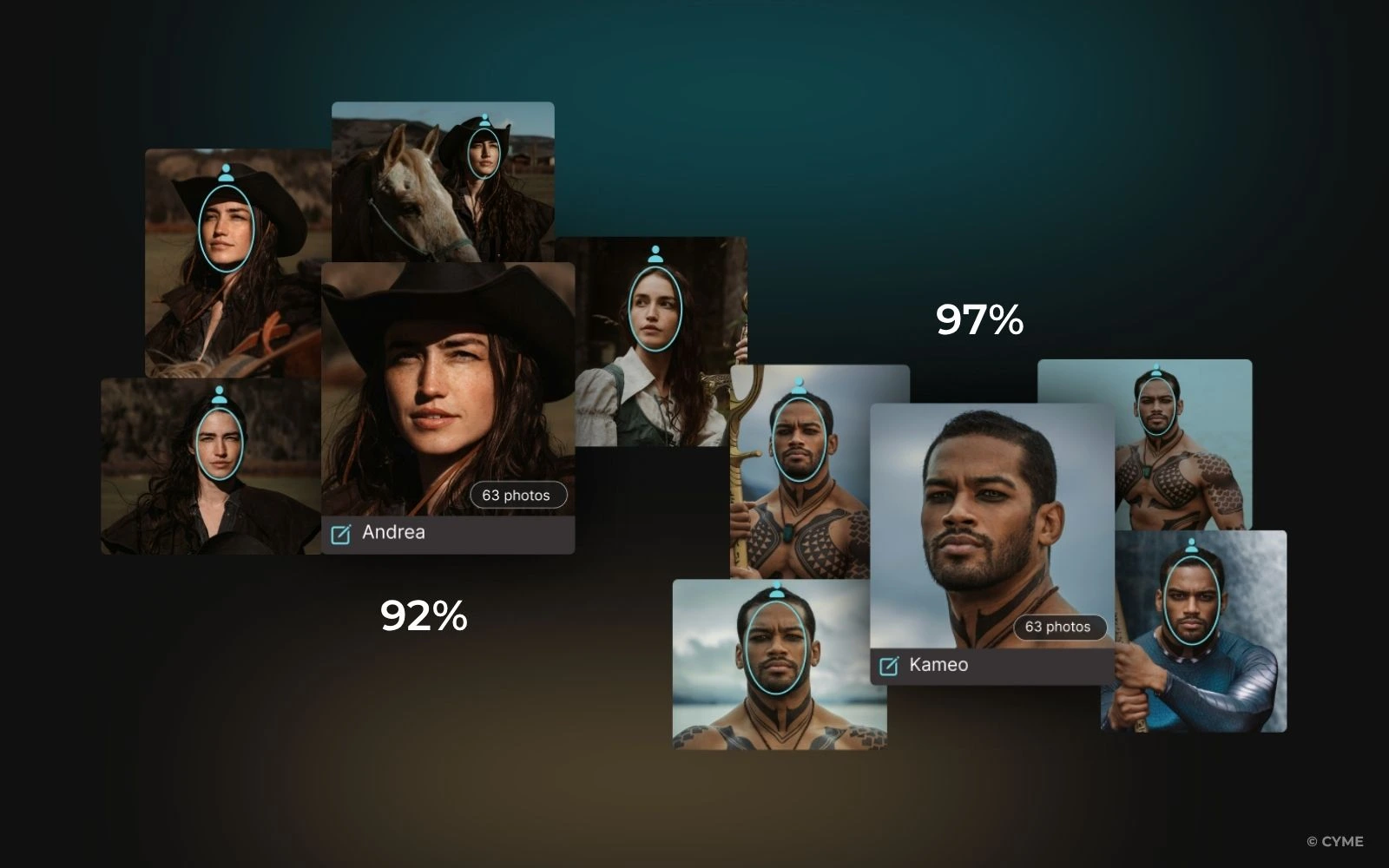
While there are many great tools—Google Photos, Apple Photos, Adobe Lightroom Classic, Mylio, Tonfotos, ACDSee Photo Studio, even some Python-based face recognition scripts—Peakto goes further with features that fill gaps left by others:
- Cross-Catalog Tagging: It reads from multiple libraries without importing or duplicating. No more cluttered systems.
- Precision Clusters: It uses confidence-based grouping so you decide what gets tagged.
- Local Processing: Keeps all face analysis on your Mac for security and speed.
- Face Filters: Want to see every image with a specific person? One quick filter does it across your entire library.
A heads-up: Peakto currently supports macOS, so Windows users may lean on Lightroom Classic plugins or ACDSee Photo Studio instead. If you’re on Mac and want to get the most out of its people-management tools, you can also learn how to use face annotation in Peakto to refine and organize your faces more efficiently.
Face Recognition Is No Longer Optional
Photographers and hobbyists alike add thousands of new pictures monthly. Manual sorting is no longer realistic. A robust program to recognize faces in pictures — one that blends smart face recognition search, privacy, and true multi-catalog support — has gone from a nice-to-have to an absolute must.
Whether you’re working with Google Photos on mobile, Lightroom Classic on desktop, or managing vast offline archives, investing in premium photo management software means spending more time behind the camera and less time buried in your files.



